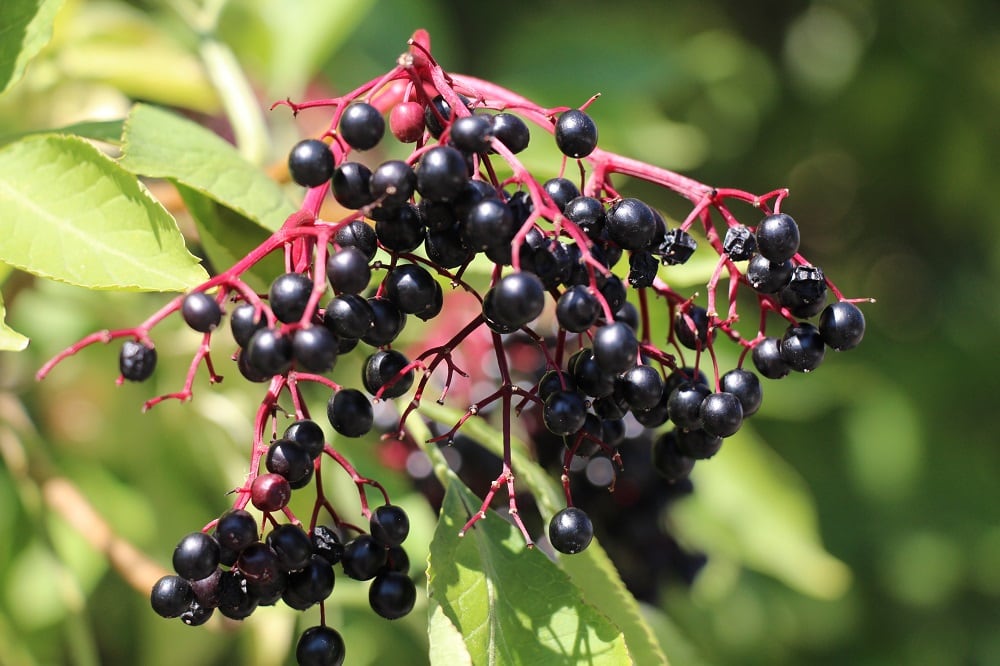The gum exudate of the Boswellia serrata tree (and other related species)—and products made thereof—has a history of use that stretches back before Biblical times. The name ‘frankincense’ will be familiar to any who remember their Christmas stories, but it was an item in medicinal systems and in trade in the Middle East and South Asia for at least a thousand years before the Gospels were written.
The base form of the ingredient is a powdered version of the resin exuded by the trees after their bark has been scored. Barbara Davis, PhD, head of clinical and regulatory sciences for PLT, said like other unrefined botanical ingredients the chemical characteristics of that form can be highly variable. Traditional uses focused on the botanical’s fragrant properties in aromatherapy and topical products.
Range of boswellia ingredients on the market
But Davis said as more was learned about the chemical profile of the botanical product developers came to focus on constituents known as boswellins. Better extraction technology allowed ingredient developers to start creating extracts with standardized amounts of these chemicals.
“There are really three categories or classes of boswellia ingredients. There is the straight boswellia resin powder. In that case nothing has been done to the straight resin exudate (beyond dehydrating and milling). There is no standardization in these products and they do contain a lot of different boswellic acids,” Davis said.
“The level is you extract that material and it can be standardized to a certain level of boswellic acid, or sometime they are standardized to the amount of concentration, such as a 65% extract,” she said.
“The next level of boswellia ingredients are those that are standardized to a level of a particular boswellic acid. We have found that alpha keto boswellic acid, or AKBA, is the most active of these from an anti inflammatory standpoint. We standardize our extract to its AKBA content,” Davis added.
Development work broadens potential applications
Davis said AKBA has been shown to ameliorate joint discomfort, which has been its primary application in the past. But in concert with Indian partner Laila Nutraceuticals PLT has developed a water soluble form of the ingredient branded as Dynaleve that Davis said will open new opportunities for the legacy botanical.
The aromatic properties that made boswellia attractive from a fragrance standpoint gave the ingredient a strident taste that has limited its applications elsewhere, Davis said. That and the ingredient’s poor solubility profile have meant that up to now boswellia extracts have been confined to capsules where taste is not an issue.
But along with making the ingredient more soluble Davis said the development effort was aimed at quelling the off flavor notes. The result is a product that is said to have a ‘neutral’ flavor profile.
Steve Fink, vice president of marketing for PLT said that means that Dynaleve could go into a variety of products, such as gummies, protein shakes or sports beverages. The one caveat he put on those line extensions is that while the PLT/Laila development effort made the extract soluble and better tasting, it didn’t make it clear, so a vitamin water-type application is probably off the table.
Benefits beyond joint comfort
Bolstering those new application possibilities is research PLT has done to extend the product’s benefits beyond just joint comfort, which tends to appeal to a mostly older demographic. Davis said a study done in younger, healthy subjects focused on the ingredient’s ability to ameliorate soreness and muscle damage.
Participants were directed to run downhill on a treadmill for an extended period of time to induce both joint discomfort and muscle damage. Subsequent to that session, they were followed for three days in which time their muscle strength recovery and soreness abatement was measured with squats and an ultimate 1x repetition leg extension power measurement. The research collected results via questionnaires as well as the power output measurement and blood markers of muscle damage and inflammation. While the research has yet to go through the peer review process, Davis said the results are promising.
Fink said the low studied dose of 60 mg means that while the ingredient is more expensive on a unit basis than are less well developed boswellia ingredients, it is attractive from a cost-in-use perspective. And the broader claims that are supported by the recent research means the audience for the botanical can be expanded.
“We are really targeting this toward a younger demographic,” Fink said.




